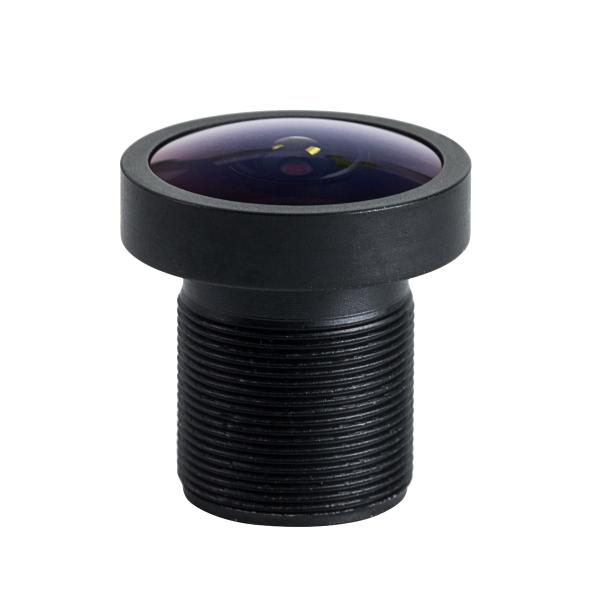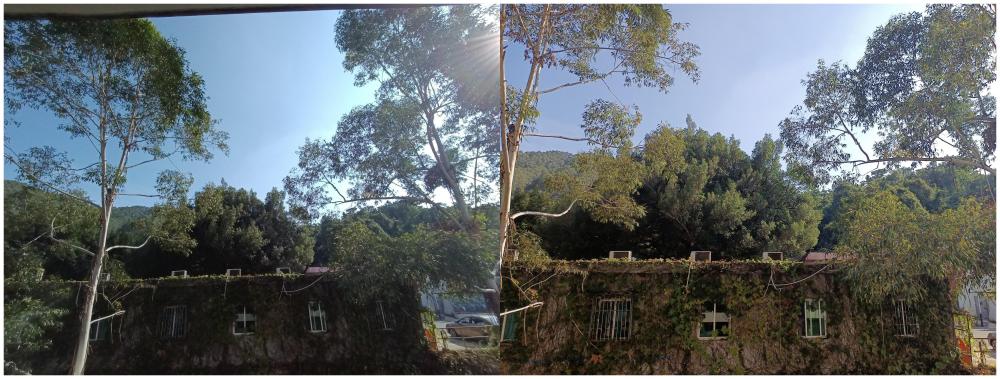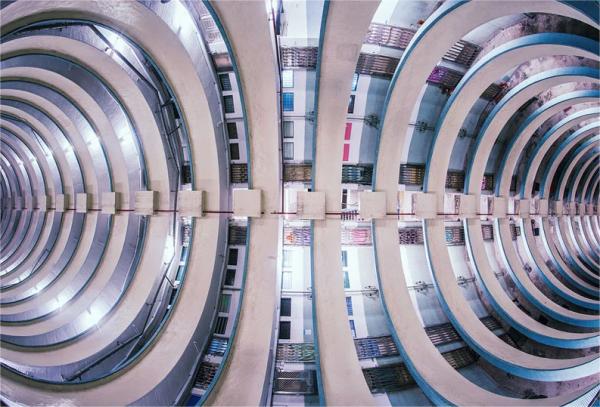1.What is a wide angle lens?
A wide-angle lens is a lens with a relatively short focal length. Its main features are wide viewing angle and obvious perspective effect.
Wide-angle lenses are widely used in landscape photography, architectural photography, indoor photography, and when shooting needs to capture a wide range of scenes.
2.What’s the use of a wide-angle lens?
Wide-angle lenses mainly have the following uses:
Emphasize the close-up effect
Because the wide-angle lens has a larger depth of field, it can achieve a stronger close-up effect. Using a wide-angle lens to shoot can make the foreground objects as clear as the distant objects, enlarge the foreground objects, and produce an obvious depth of field effect, adding a sense of layering and three-dimensionality to the entire picture.
The wide-angle lens
Enhance perspective effect
When using a wide-angle lens, there will be a near-large and far-small effect, which is commonly known as the “fisheye effect”. This perspective effect can make the photographed object appear closer to the observer, giving people a strong sense of space and three-dimensionality. Therefore, wide-angle lenses are often used in architectural photography to highlight the majesty and momentum of the building.
Capture large-scale scenes
A wide-angle lens can present a wide viewing angle, allowing photographers to capture more scenes in photos, such as distant mountains, seas, city panoramas, etc. It can make the picture more three-dimensional and open, and is suitable for shooting scenes that need to express the sense of vast space.
Special photography applications
Wide-angle lenses can also be used for special photography, such as shooting close-up portraits or character documentaries, which can create vivid and realistic scenes.
3.The difference between wide-angle lens and normal lens
Wide-angle lenses and normal lenses are common lens types in photography. They differ in the following aspects:
Pictures taken with a wide-angle lens vs. pictures taken with a normal lens
Viewable range
A wide-angle lens has a larger field of view and can capture more surroundings and details. This is useful for shooting landscapes, interior locations, or scenes where the background needs to be emphasized.
In comparison, the field of view of normal lenses is relatively small and is more suitable for shooting local details, such as portraits or scenes that need to highlight the subject.
Filming angle
A wide-angle lens shoots from a wider angle than a regular lens. A wide-angle lens can capture a wider range of scenes and fully incorporate a wider scene into the frame. In comparison, normal lenses have a relatively narrow shooting angle and are suitable for capturing medium-distance scenes.
Perspective effect
Since the shooting range of the wide-angle lens is larger, the close-up objects appear larger while the background appears smaller. This perspective effect is called “wide-angle distortion” and causes objects in the near field to deform and appear more prominent.
In contrast, the perspective effect of normal lenses is more realistic, and the ratio of close-up and background is closer to the actual observation situation.
4.The difference between wide-angle lens and fisheye lens
The difference between a wide-angle lens and a fisheye lens mainly lies in the field of view and distortion effect:
Viewable range
A wide-angle lens usually has a wider field of view than a regular lens, allowing it to capture more of the scene. Its angle of view is typically between about 50 degrees and 85 degrees on a 35mm full-frame camera.
The fisheye lens has a very wide field of view and can capture scenes of more than 180 degrees, or even panoramic images. Therefore, its viewing angle can be far greater than that of a wide-angle lens, which is generally 180 degrees on a full-frame camera.
Pictures taken with fisheye lens
Distortion effect
Wide-angle lenses produce less distortion and can present more realistic scene proportions and line shapes. It slightly dilates nearby objects, but the overall distortion effect is relatively small.
The fisheye lens has an obvious distortion effect, which is characterized by the obvious expansion of nearby objects, while the distant objects shrink, resulting in a curved or spherical scene, showing a unique fisheye effect.
Purpose and applicable scenarios
The wide-angle lens is suitable for shooting scenes that require a wide field of view, such as landscapes, urban architecture, indoor shooting, etc. It is often used to capture large areas of scenery while maintaining a sense of perspective and realism.
In contrast, fisheye lenses are suitable for creating unique visual effects and can produce impactful distortion effects in specific scenes, such as small indoor spaces, sports venues, or artistic creations.
Post time: Feb-29-2024






